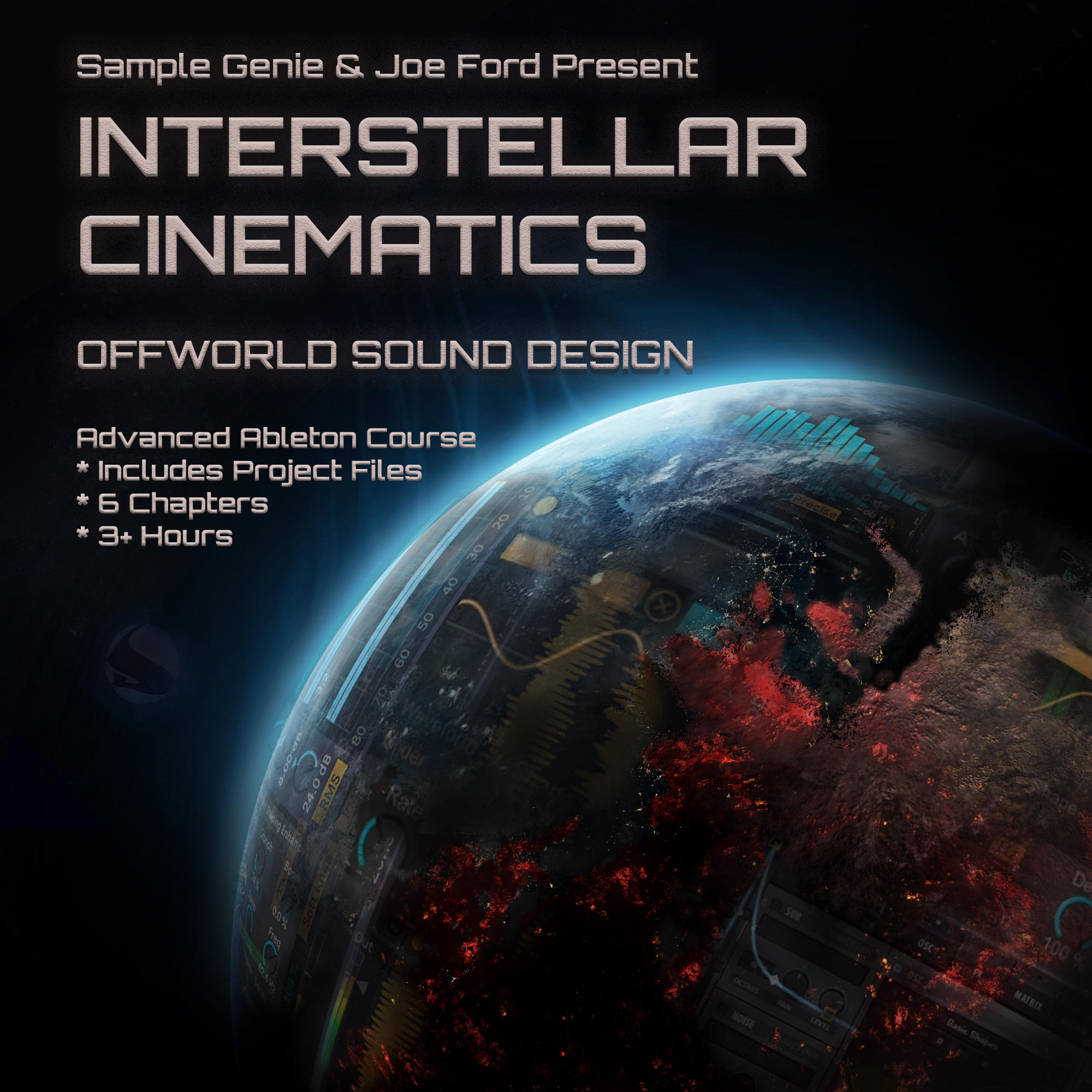shrike
Forum Replies Created
-
AuthorPosts
-
,
 shrikeParticipant
shrikeParticipantAW SNARF, game on brobros
_-| get to work |-_
, shrikeParticipant
shrikeParticipantYeah 24-bit PCM. for less than $100USD. Pretty hard to beat
_-| get to work |-_
, shrikeParticipant
shrikeParticipantI just got this one, specs & price were on point:
Haven’t fully put it through its paces yet, will be doing soon
_-| get to work |-_
, shrikeParticipant
shrikeParticipantNo. In an effort to keep the sample packs unique and useful, they are only able to be downloaded in the month during which they are live. After that month, they disappear forever.
Glad you enjoyed the class, and welcome to SG!
_-| get to work |-_
, shrikeParticipant
shrikeParticipantI’m sure there is a way to freq layer (split) in Logic, but it’s been ages since I have used it, so I can’t quite recall…
BUT, yes, Live is the shit, for reasons just like this. The ability to split and come back together, very easily, and over and over again if you’d like, is a HUGE selling point for me.
*Probably* in Logic, one thing you could try is to send your bass sound to 2 or 3 channels, before it goes to the master, and EQ those channels individually so that you get your sub and whatever layers you are looking for. Then proc them, and you could even bring it back together in a single channel for further FX before it goes to master. That is how I did it in Studio One (very logic-like), before I moved to Ableton. The problem with the method is that your desk gets overwhelming with channels, it really is a PITA. And Live makes it easier, at least for me.
_-| get to work |-_
, shrikeParticipant
shrikeParticipantMine are coming…I’m on West Coast US time!
_-| get to work |-_
, shrikeParticipant
shrikeParticipantThere is actually a resource like that:
https://www.ghostsyndicate.net/templates/
Full tracks laid out in Ableton, and the user agreement even says you can use all the drums as they are, you just need to make your own sounds.
_-| get to work |-_
, shrikeParticipant
shrikeParticipantI’d love to see mixdown/mastering techniques
_-| get to work |-_
, shrikeParticipant
shrikeParticipantYes
_-| get to work |-_
, shrikeParticipant
shrikeParticipantAye, agreed. “Out of Space” was my intro into hardcore and then eventually drum and bass.
Punks and pioneers, giving us the vision and permission to do new, to do better, to find our own way, and Mr Flint’s legacy is MASSIVE.
A sad day.
And let me just say, as a suicide survivor (RIP younger brother, 1.5 years ago): SUICIDE IS A PERMANENT SOLUTION TO A TEMPORARY PROBLEM.
If you are spiraling, find some help, there is NO SHAME in seeking help, and there is always a reason to live. We lose too many loved ones this way, and it’s become epidemic. Find some help. Someone understands.
_-| get to work |-_
, shrikeParticipant
shrikeParticipantWon’t be able to get to it until later
_-| get to work |-_
, shrikeParticipant
shrikeParticipantshrikednb
at
gmail
_-| get to work |-_
, shrikeParticipant
shrikeParticipantYup, I am always up for analyzing tunes…helps me learn too.
And the lowest you generally want to go is E1. Not a hard and fast rule, but that range of E1-G1 is gonna hit hardest in da club.
_-| get to work |-_
, shrikeParticipant
shrikeParticipantIt’s good to note frequencies in reference tunes, but it’s best if you look at them as multiples of the lowest fundamental sub note so as to account for tunes in different keys.
For instance, if the tune is in F minor, as about 60-70% of tunes are, what is the relationship between the lowest note (F1), the 2nd fundamental, and the third fundamental? Do your own research, but you’ll often find that 1st is all the way full (0dbfs), the second falls off to like half that, but then the third comes back up again. It sounds like the third fundamental is what you need to get right. But then if you have a tune in E or G, the frequencies themselves change, but the relationship between the fundamentals generally stays intact.
This is also very useful:
http://pages.mtu.edu/~suits/notefreqs.html
Hope that helps
_-| get to work |-_
, shrikeParticipant
shrikeParticipantReally? Interesting. What model of headphones?
_-| get to work |-_
-
AuthorPosts



